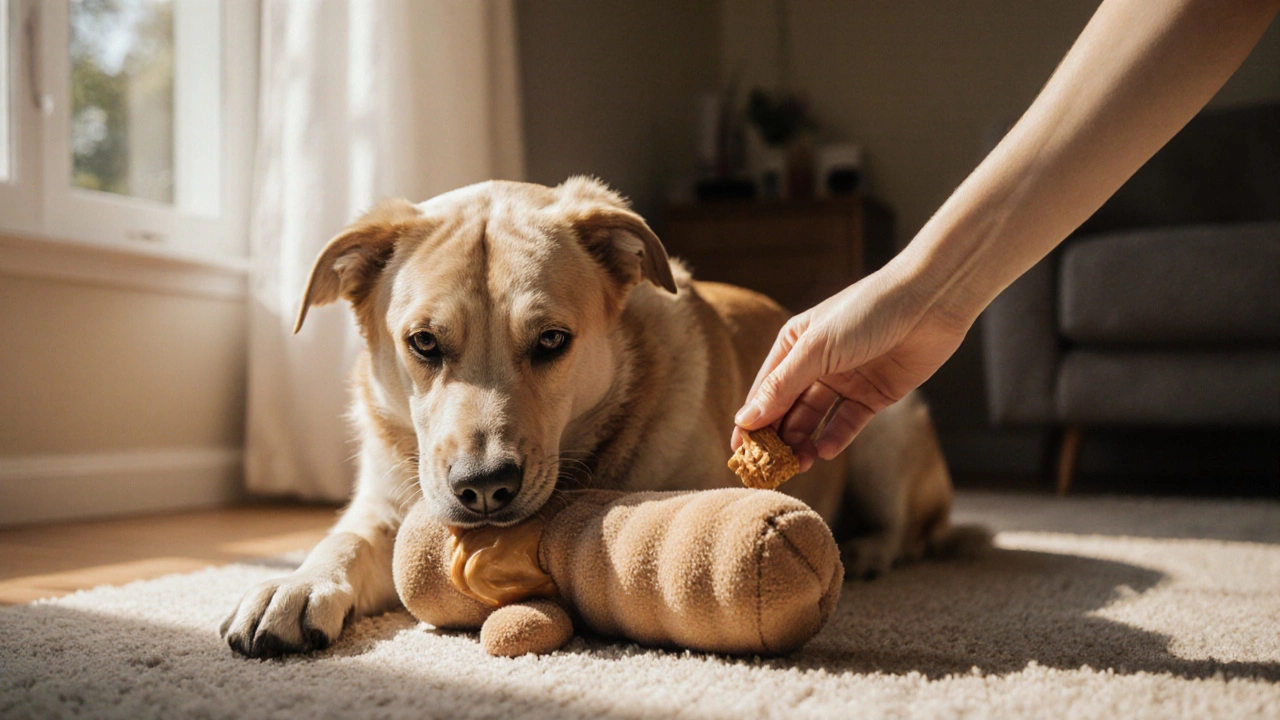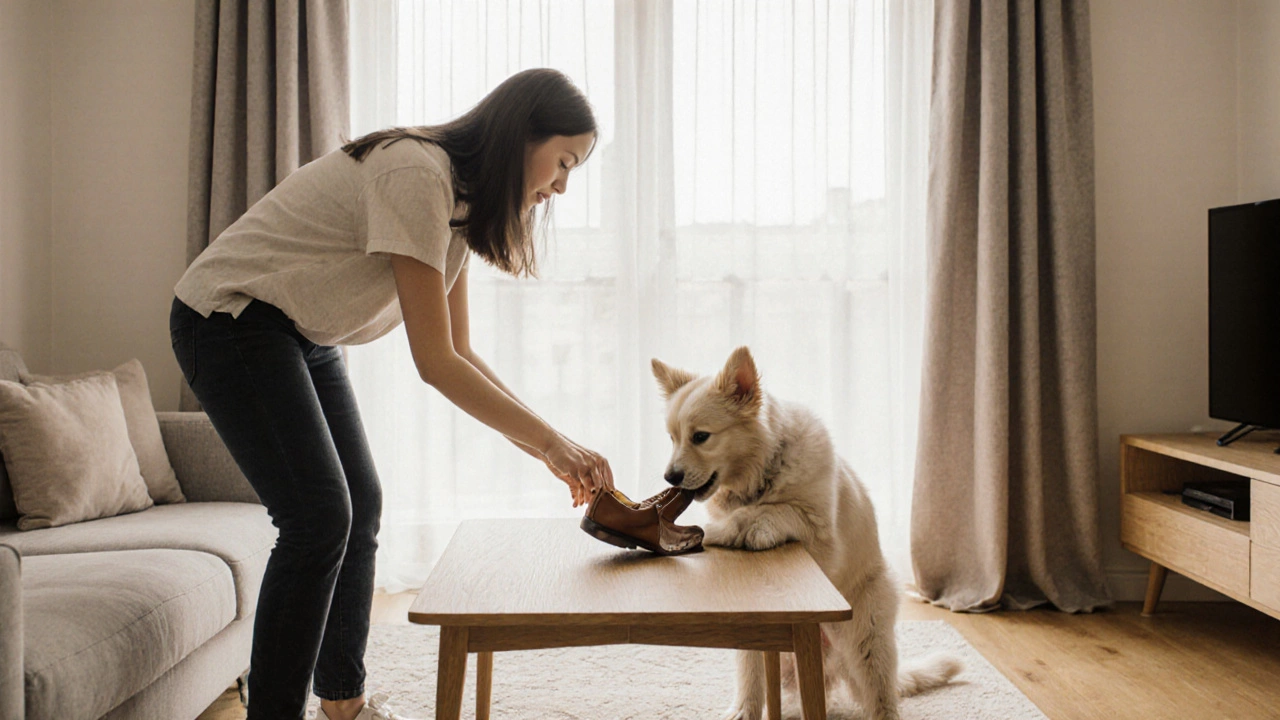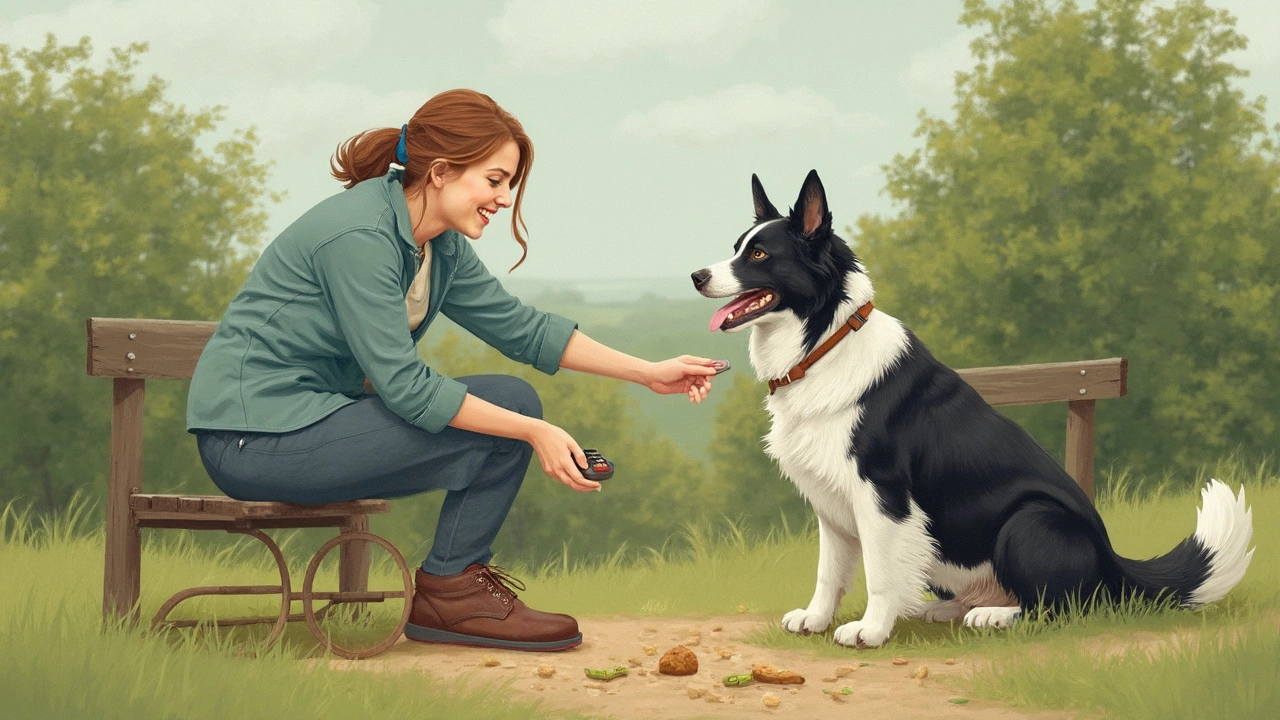Positive Reinforcement: The Easy Way to Train Your Dog
Ever felt like you’re yelling at your dog for nothing? Most owners forget that dogs learn faster when you reward the behavior you want, not punish the one you don’t. Positive reinforcement flips the script – you give a treat, praise, or play when your pup does something right, and the good habit sticks.
Why Rewards Work Better Than Corrections
Dogs are wired to repeat actions that feel good. When you give a tasty bite or a quick belly‑rub after a sit, your dog’s brain releases dopamine, the same chemical that makes us feel happy after a victory. That little chemical burst tells the dog, “Hey, that was great – do it again!” On the other hand, harsh corrections trigger fear or anxiety, which can shut down learning and even damage trust.
Research from several animal behavior schools shows that reward‑based methods lead to faster learning, lower stress, and stronger owner‑dog bonds. In plain terms, your dog will obey more, and you’ll both enjoy training sessions.
Practical Steps to Start Using Positive Reinforcement
1. Pick the right reward. Some dogs love treats, others prefer a quick game of fetch or enthusiastic praise. Test a few to see what lights up your pup’s tail.
2. Keep rewards immediate. The moment your dog performs the command, give the reward. Delay blurs the connection and slows learning.
3. Use a marker. A clicker or a consistent word like “yes!” signals the exact moment the correct behavior happened. It bridges the action and the reward.
4. Start small. Teach one simple cue – like “sit” – until your dog nails it, then add another. Short, frequent sessions (5‑10 minutes) keep motivation high.
5. Gradually fade the treat. Once the cue is solid, replace treats with praise or play a few times, then back to treats occasionally. This keeps the habit strong without over‑feeding.
6. Ignore unwanted behavior. If your dog jumps for attention, turn away and wait for calm. When they sit quietly, reward that calm state. You’re teaching them the behavior you want, not just punishing the bad.
Common mistakes to avoid: using treats that are too big (they’ll get full fast), rewarding the wrong action, and switching rewards too often, which confuses the dog. Keep it consistent and simple.
Positive reinforcement isn’t just for basic commands. You can use it to curb barking, stop pulling on the leash, or even help a shy dog feel more confident around new people. The key is to catch the behavior you like, celebrate it, and repeat.
Start today with one tasty reward and a clear cue. Watch how quickly your dog catches on, and enjoy the boost in confidence for both of you. Training becomes a game, not a battle, and your dog will love you even more for it.
What Can I Use Instead of a Bark Collar? Effective, Humane Dog Training Alternatives
Discover humane, science-backed alternatives to bark collars that actually fix the root cause of excessive barking. Learn how positive training, mental stimulation, and behavior modification work better than punishment.
How to Teach Your Puppy ‘No’ - Simple Training Tips
Learn the step‑by‑step method to teach your puppy ‘no’ using clear cues, consistent timing, and positive rewards for lasting results.
Do Professional Dog Trainers Use Shock Collars? The Real Story
Wondering if pro dog trainers actually use shock collars? This article cuts through the noise to explain when and why some trainers might use them, and why the industry is changing its approach. You’ll get facts on training methods, the impact on dogs, and practical advice for dog owners thinking about their options. Real examples from the training world show what’s happening today. If you want the lowdown without the fluff, you’ll find it here.


